Where Place Security Cameras for Maximum Coverage?
Home security cameras are an important investment for homeowners who want to keep their property safe.
>>> What's the wireless security camera?
However, with so many options available, it can be challenging to decide where to place your cameras for maximum coverage. Here are some tips on where to place your security cameras to ensure you get the most comprehensive coverage possible.
-
Entryways
One of the most critical places to install security cameras is at entry points. This includes front and back doors, garage doors, and windows. By installing cameras in these locations, you'll be able to monitor who enters and exits your property, and you'll have a record of any suspicious activity. These security cameras will capture footage of anyone who enters or exits your property, making it easier to identify potential intruders.
-
Drive Way
Installing a camera in your driveway can help you keep an eye on your vehicles and anyone who enters your property. You can use a camera with a wide-angle lens to capture a larger area, or you can install multiple cameras to get a more comprehensive view of your driveway.
-
Outdoor Spaces
If you have a backyard, pool, or other outdoor spaces, it's a good idea to install cameras in these areas as well. These areas are often overlooked but can be a prime target for theft or vandalism. Placing cameras in these areas will help you keep an eye on your property and provide an added layer of security. This will allow you to monitor any activity on your property, and you'll be able to see if anyone enters your yard without permission.

-
High Traffic Areas
Stairways and hallways are often high-traffic areas in a home, making them prime locations for security cameras. These areas are often where most people pass through and can be prone to theft or other criminal activities. Installing cameras in these areas, you'll be able to monitor movement throughout your home, it will help deter potential intruders and provide evidence in case of any criminal activities.
-
High-Risk Areas
Finally, it's essential to identify any high-risk areas in your home and install cameras in these locations. This might include areas where you keep valuable items, such as a home office or a safe. By installing cameras in these areas, you'll have a record of any suspicious activity, and you'll be able to take appropriate action if necessary.
-
Indoors
Indoor security cameras are essential for monitoring activity inside your property. They can be used to monitor high-value areas such as safes or inventory rooms or to keep an eye on employees or housekeepers. Placing security indoors can also provide evidence in case of any accidents or incidents.
-
Blind Spots
Blind spots are areas where security cameras cannot capture footage due to obstructions or distance. It's essential to identify these areas and take measures to cover them. For instance, you can install additional cameras. reposition existing ones or use a fisheye lens to capture a wider angle.
In conclusion, there are several key areas where you should place your home security cameras to get the most comprehensive coverage possible. By installing cameras at entryways, in your driveway, outdoor spaces, stairways and hallways, and in high-risk areas, you'll be able to keep your property safe and secure. Just be sure to follow any local laws and regulations regarding the placement of security cameras.
By following these guidelines, you can create a comprehensive surveillance system that will help to protect your property and assets.
A Smarter Safety Solution
🛍️Shop Now
"If you liked this blog, you'll love the rest of our site! Follow along so you don't miss a great post!"
Disclaimer: Always adhere to local regulations and guidelines when installing surveillance equipment. 🚀🔒

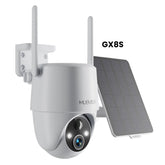
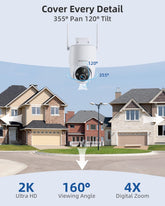
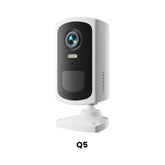
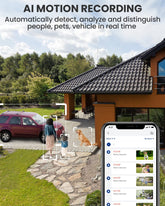
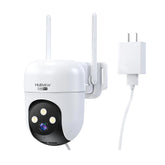


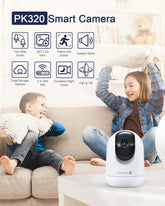







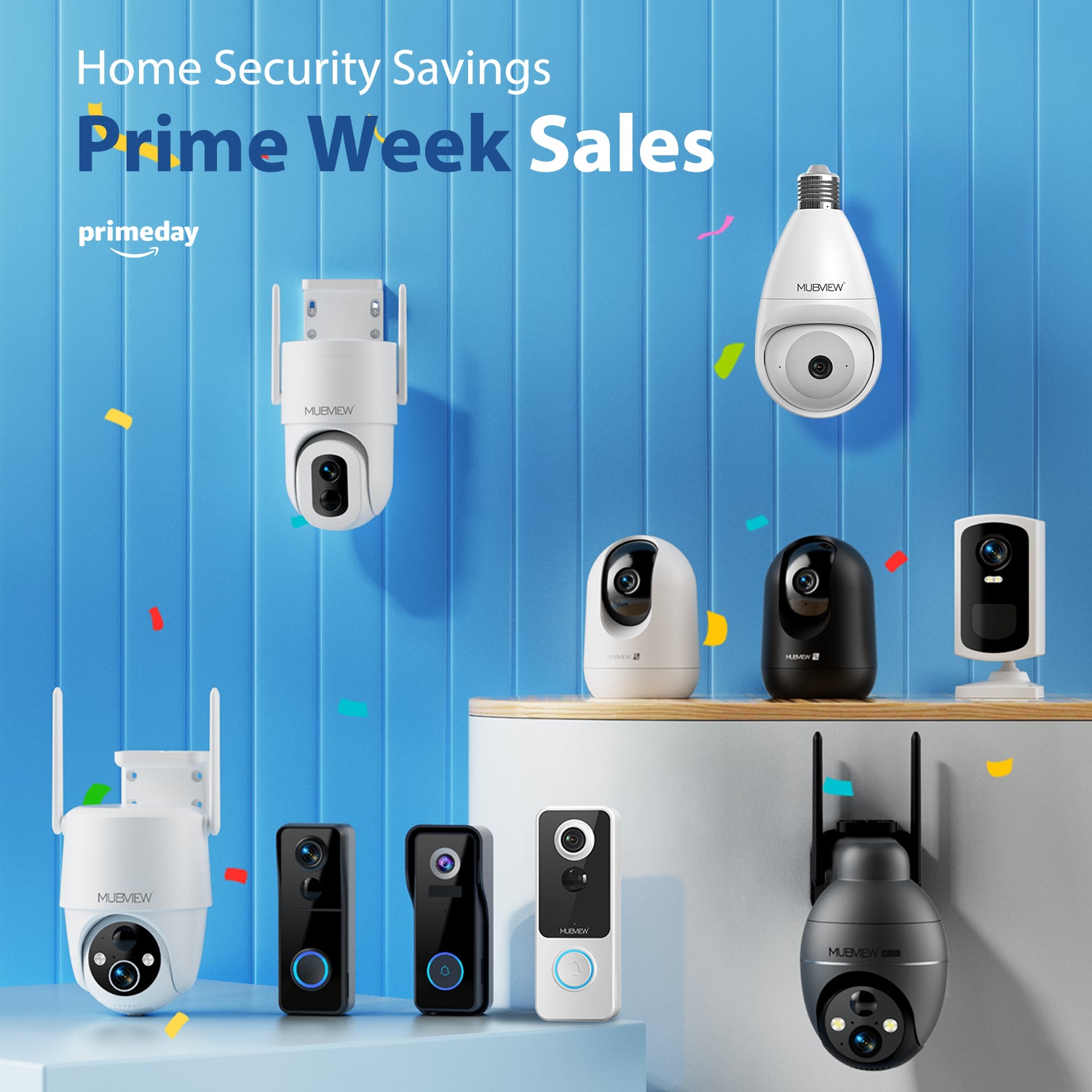
Leave a comment
All blog comments are checked prior to publishing